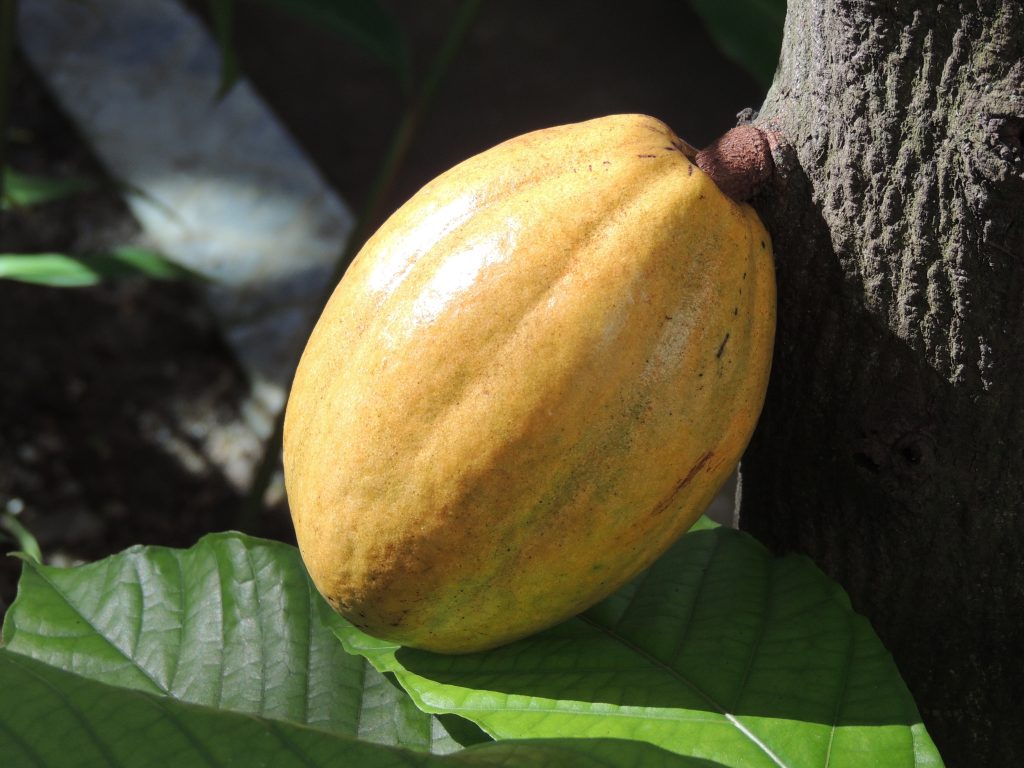Over the past decades, our team has been involved in quite a few selection processes for a commodity trade and risk management (CTRM) software solution – during as well as before our years at Agiboo. In many of those cases, companies reviewed or even selected software which had a good evaluation in other commodities than the one(s) they traded. They had the perception that any CTRM solution will cover about 80 percent of the functional needs and thus they didn’t require an industry specific CTRM. We’d like to share our view on that.
The world of commodities can be divided into three main categories which are: energy, metals and agricultural / soft. The latter mostly comprising agricultural excluding grains and oil seeds. Now, when thinking of ‘commodity trade’, the mind easily goes to petroleum, gold, precious metals and, basically, any of the commodities that are either Metals or Energy. But agricultural or soft commodities are something to be desired as well.
Indeed, the industry has experienced boosts in interest due to investors looking to diversify their portfolio of stocks and bonds. For traders, even the smallest percentage of any soft commodity will lead to a reduction of both volatility and risks. Which makes it even more relevant to have a software solution that fits the commodity you’re interested in. But let’s not get ahead of our point here. Beside, you can read about our experience in the top 5 of soft commodities here.

CTRM implementation has its challenges
Experience has taught us that many CTRM implementations have not been successful. Despite success rates having gone up in recent years, there is definitely still a challenge to be successful in the process of implementing a specific CTRM. The latter is particularly true for companies that manage multi commodities out of the different categories we’ve previously mentioned. When for example you trade mineral oil and cocoa beans, it can be rather challenging to present a meaningful combined position. Sure, you can overcome such a challenge, but it requires time and investment.
For commodity trade and risk management implementations there are many critical success factors. The quality of the business process definition for one, and the budget for the software vendor to execute a proper implementation another. Also, the flexibility of the vendor responding to customer change requests and the ability to integrate in the remaining IT landscape. In the end the willingness to accept standard software for standard processes is also an important contributor of success.
Unfortunately, companies often underestimate or sometimes even ignore the specific requirements of the industry or commodity complexities in the selection of a specific CTRM solution. A vendor can act flexible on change requests. However, when architecture is not sufficiently supporting the basic functionality for a specific commodity, then the implementation loses the momentum you need to be successful.
Commodity industry specific CTRM
Each commodity has its specific trading and risk variables. Sure, they may have lots in common, but in the end, they are defined by their unique characteristics – from trading and exchanges to standards and markets, and from conversion and logistics to product properties and prices. And then there’s the whole myriad of certificates related to sustainability and fair trade that most of the soft commodities are subject to.
Some of these characteristics seem sometimes minor details, but these can have significant impact. Once you do not sufficiently address those characteristics, an implementation is bound to fail. Companies need to address those characteristics in a specific CTRM. Only then can it support the business satisfactorily.
The devil is in the detail
So, for almost every commodity there are multiple examples of these specific details. Let’s have a practical example then. Say, in coffee trading. Here, the premium of an unfixed arabica contract is priced with cts/LB and it becomes very difficult to execute it. When that is not possible in the system, you get stuck and start with changing requests to your vendor before you even populate the first contract.
That’s just an example off the top of our head. There are many more. Think of buying in numbers of bags instead of metric tons. For cocoa, there’s the need to facilitate arbitrage between London and New York markets, and these markets have also different currencies. One can trade cocoa products such as cocoa butter and powder on ratios. Also, sugar, on white or polarization premiums. Those details affect not only the deal capture, but will also find their way into the calculation and presentation of risk positions and valuation.

Choosing the right basic architecture is critical
Missing a detail does not jeopardize an implementation, but missing multiple details does! For example, when you apply a good CTRM solution specific for a certain vertical to a different vertical, let’s say an energy solution (sometimes referred as an ETRM system) for agricultural or the other way around. You can imagine the logistics of transporting oil through a pipeline is incomparable with loading bags of coffee beans into a truck. What’s more, pricing and hedging mechanisms and practices differ completely.
Overstepping commodity categories often makes it worse. The London Metal Exchange (LME) has for example very different rules than the Chicago Mercantile Exchange (CME). The list of industry specifics might look almost endless. But by selecting a CTRM solution it does matter if you have to bridge 100 items or only 5! The ability of your vendor to offer flexibility and the agility of the CTRM in configuring these details is key.
A personal recommendation: attention to detail
Our recommendation for any selection is to never underestimate the importance of industry specific CTRM, and to verify the functions and features in detail which you require in your industry. You can prevent implementation delays or even failure by small details not supported in pricing or hedging mechanisms, when you select the most suitable specific CTRM solution. Our aim at Agiboo is to facilitate industries with specific commodity software solutions. Right now, that’s agricultural and soft commodities. Which means that we have chosen not to serve some commodity industries. We adhere to a focused approach. We also estimate that the functionality cover of a CTRM should be 95% or above for success. Which is exactly where we’re at, thanks to thanks to the connectivity, scale and functionality of our commodity-specific solution. What are you waiting for?

